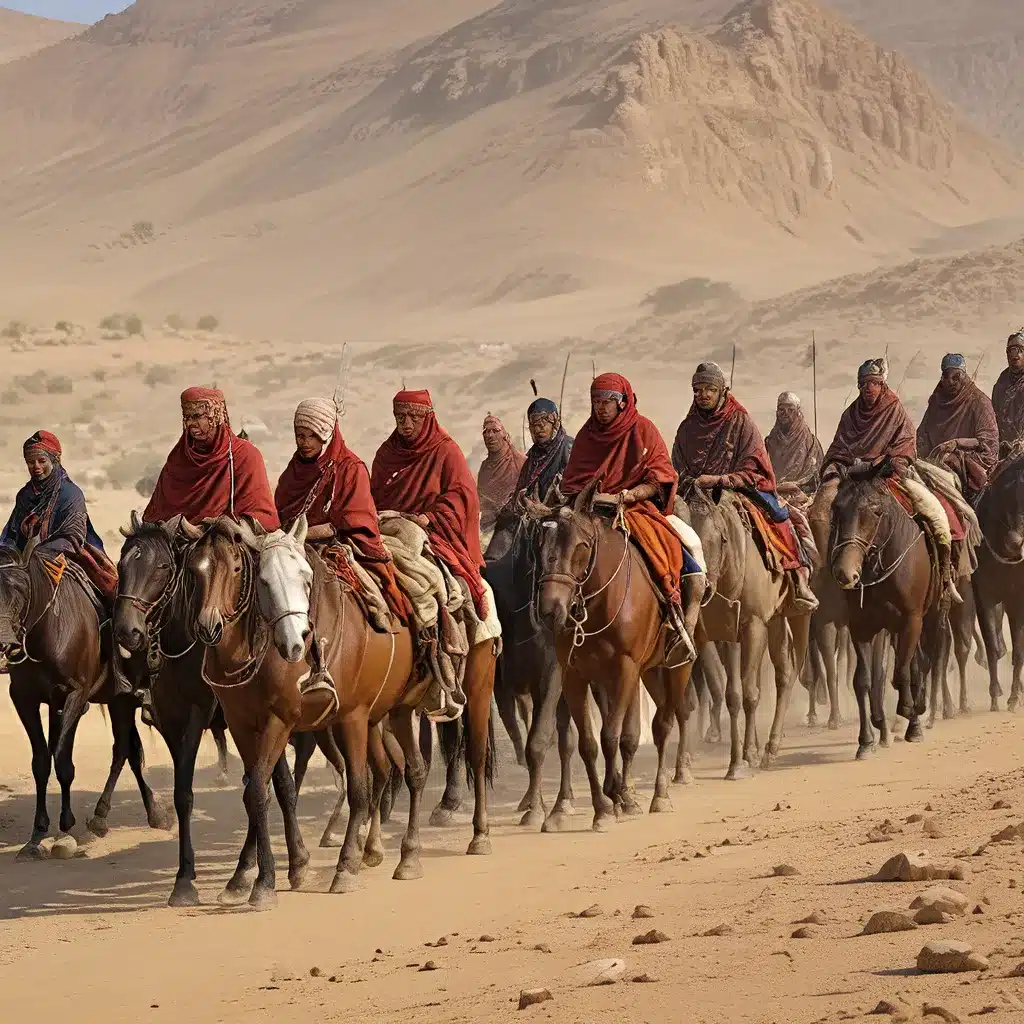
The study of ancient human migrations and the peopling of the Americas has long captivated archaeologists and historians alike. One of the most intriguing regions in this ongoing investigation is Alaska, a land bridge that connected Asia and North America during the Last Glacial Maximum (LGM). This crucial geographical link has provided invaluable insights into the movements and adaptations of our ancestors as they navigated the harsh environments of the past.
The Beringian Standstill Hypothesis
The Beringian Standstill hypothesis has emerged as a significant model for understanding the genetic and cultural origins of the first inhabitants of the Americas. This theory suggests that a population of ancient humans became genetically isolated in the Beringia region, which encompassed present-day Alaska and eastern Siberia, for thousands of years before eventually spreading into the rest of North America. Recent studies of ancient DNA have provided compelling evidence for the existence of this Beringian population, which was distinct from the ancestors of other Native American groups.
The isolation of the Beringian population is believed to have occurred during the LGM, when the massive glaciers that covered much of North America effectively cut off Alaska from the rest of the continent. This ecological and geographical separation allowed the Beringian population to develop unique genetic and cultural characteristics, which were later passed on to the first inhabitants of the Americas.
The Paleoarctic Tradition and Coastal Migration Hypothesis
As the Beringian population began to spread southward, they left behind a distinct archaeological record known as the Paleoarctic tradition. This tradition is characterized by the presence of microblade technology and unique bifacially worked stone tools, which are distinctly different from the material culture of the Paleoindian or Clovis cultures found in the interior of North America.
One of the oldest undisputed archaeological sites in Alaska is Swan Point, which dates back to around 14,000 years ago. The Paleoarctic tradition is believed to have later evolved into a coastal-adapted variant, referred to as the Paleomarine tradition, as some of these people began exploiting resources in the coastal environments of Alaska and the surrounding region.
The coastal migration hypothesis suggests that the first inhabitants of the Americas may have arrived via a coastal route, rather than through the interior ice-free corridor that was previously believed to be the primary migratory path. This hypothesis is based on the idea that a maritime-adapted population could have traveled southward along the Pacific coast, leaving little archaeological evidence that would now be submerged under rising sea levels.
Paleoindian Influences and Back-Migration
Despite the distinct Paleoarctic and Paleomarine traditions, researchers have also discovered evidence of Paleoindian influences in Alaska. Multiple sites in the Bering Land Bridge and Noatak National Preserves have yielded fluted and tapering-base spear points similar to those found in the Paleoindian cultures of the mid-continental United States. These discoveries have led some researchers to propose a back-migration of Paleoindian populations from the south, potentially influencing or interacting with the Beringian-derived groups already present in Alaska.
The presence of these Paleoindian-style artifacts in Alaska raises intriguing questions about the relationships and interactions between the different cultural traditions that emerged in the region. It suggests that the story of the first migrations into the Americas may be more complex than previously thought, with potential cross-pollination and exchange between various groups.
Emerging Theories and Future Discoveries
As the field of ancient population genetics continues to advance, our understanding of the peopling of the Americas is likely to undergo further refinement and revision. The ongoing search for conclusive archaeological evidence of the hypothetical Beringian Standstill population remains a significant challenge, but the discovery of the genetically distinct 11,000-year-old humans from the Upward Sun River site in Alaska has provided important confirmation of this model.
Similarly, the debate between the traditional ice-free corridor and the coastal migration hypotheses continues to unfold, with each side presenting compelling arguments and evidence. The discovery of a pre-Clovis site on the coast or within the interior of North America would be a major breakthrough, potentially resolving some of the long-standing questions about the timing and routes of the first peopling of the Americas.
As archaeologists and geneticists continue to explore the rich historical and cultural landscapes of Alaska and the greater Beringian region, the story of our ancient ancestors is sure to become more nuanced and complex. The study of these migratory patterns and the evolution of human cultures in this dynamic environment has profound implications for our understanding of the deep history of the Americas and the resilience of our species in the face of a rapidly changing world.
For those interested in delving deeper into the fascinating world of ancient civilizations and archaeological discoveries, be sure to visit The Lost Kingdoms, a comprehensive resource dedicated to exploring the mysteries and untold stories of the past.


